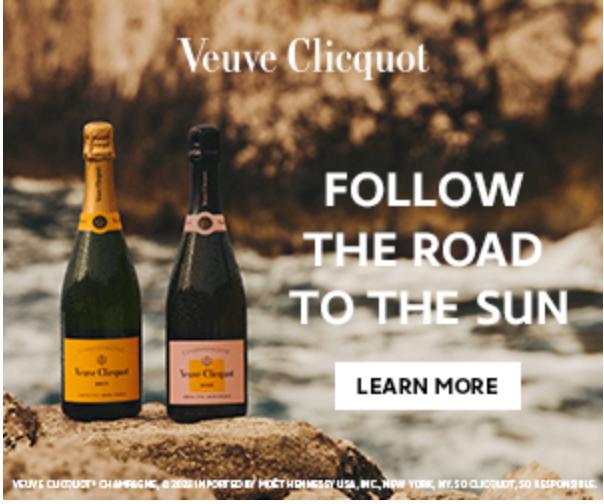Nén Danang Awarded 2024 MICHELIN Green Star for Sustainability
At the prestigious MICHELIN Awards Ceremony held at the InterContinental Hotel Saigon, a notable achievement was celebrated within the realm of sustainable gastronomy: Nén Danang, a pioneer in Vietnam’s fine dining scene, was honored with the 2024 MICHELIN Green Star for Excellence in Sustainability. As the first Vietnamese restaurant in the world to be recognized, as well as the first in Vietnam, this accolade underscores Nén’s commitment to innovative and environmentally conscious practices that set a benchmark for the industry.
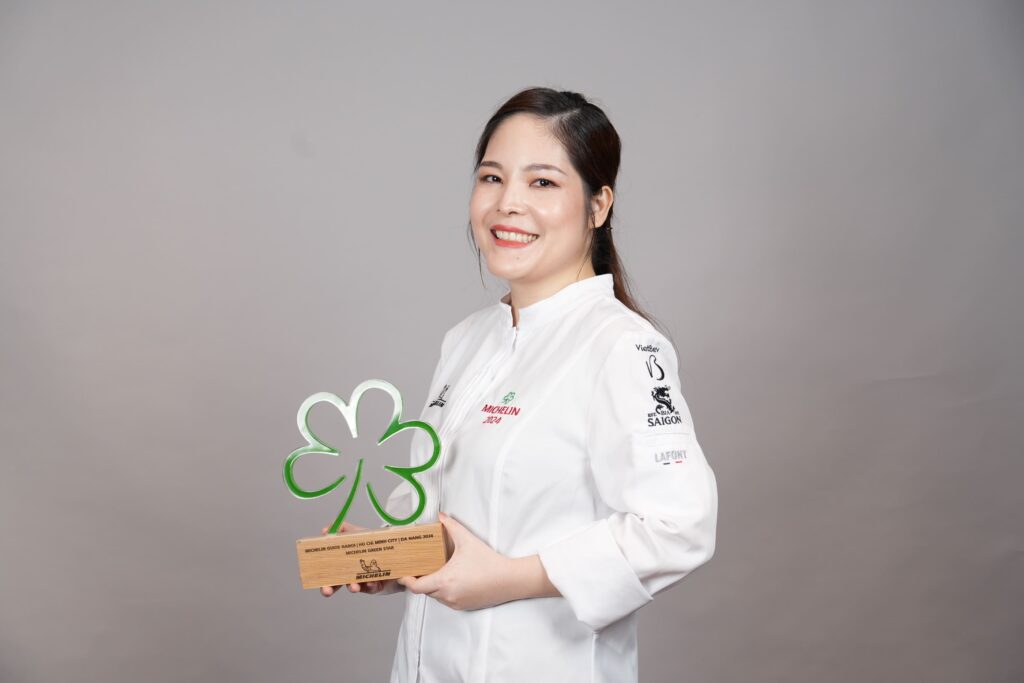
The Michelin Green Star, a prestigious annual award, celebrates restaurants leading the industry in sustainability. Highlighting establishments that uphold rigorous ethical and environmental standards, this accolade recognizes those who collaborate with sustainable producers and suppliers to minimize waste and reduce or eliminate plastics and other non-recyclable materials. To date, only 540 restaurants worldwide have earned this honor, offering dining experiences that not only exemplify culinary excellence but also demonstrate exceptional eco-friendly practices. These restaurants serve as beacons of inspiration for both enthusiastic foodies and the broader hospitality industry.
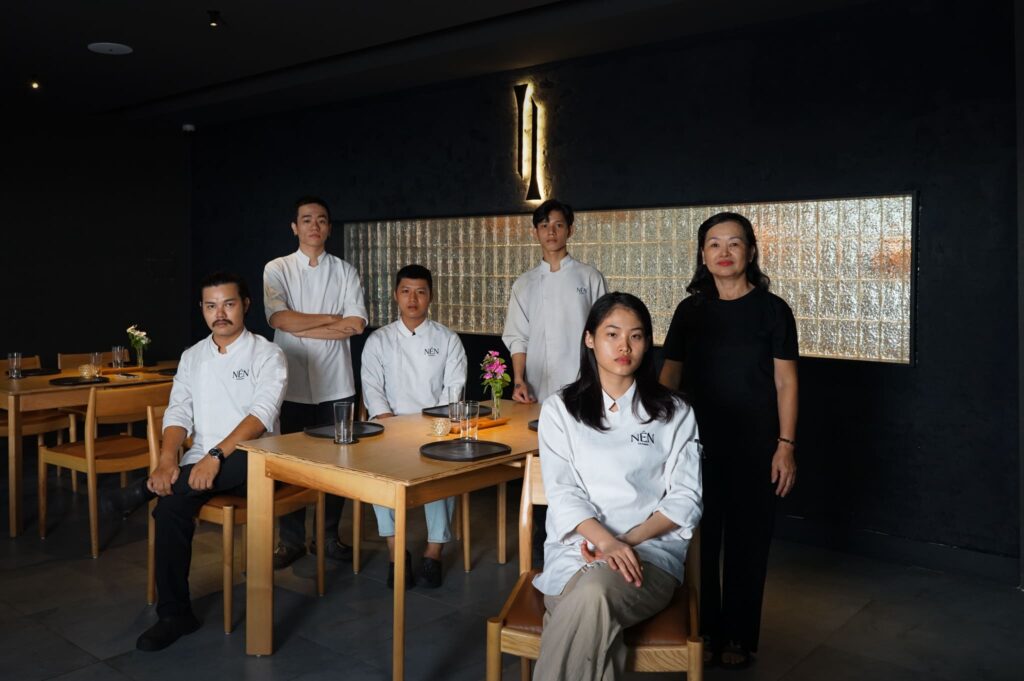
Nén Danang, under the visionary leadership of Chef Summer Le and her partner Leon Le, has been instrumental in redefining what it means to dine sustainably. With a culinary philosophy deeply rooted in the principles of ethical and environmental stewardship, Nén sources 99% of its ingredients locally, including from its own farms, thereby supporting Vietnam’s local economies and artisans while minimizing environmental impact. This approach not only ensures the freshest ingredients but also fosters a strong connection with the community and the natural world.
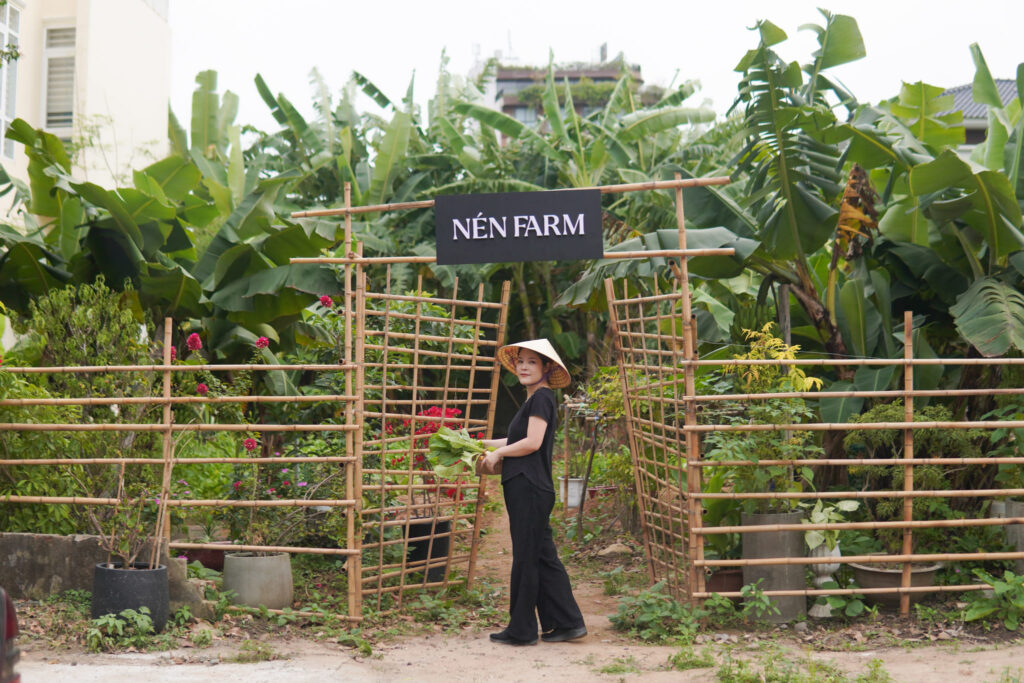
The restaurant’s Sto:ry Menus exemplify this ethos, merging rich Vietnamese traditions with inventive dining experiences. Each dish is a celebration of nature and a narrative of culture, crafted to offer a multi-sensory delight that evokes emotions ranging from joy to nostalgia. Notably, their Sto:ry Menu #5 is a zero-waste venture that transforms everyday ingredients, such as eggshells into noodles, showcasing an innovative approach to sustainability.
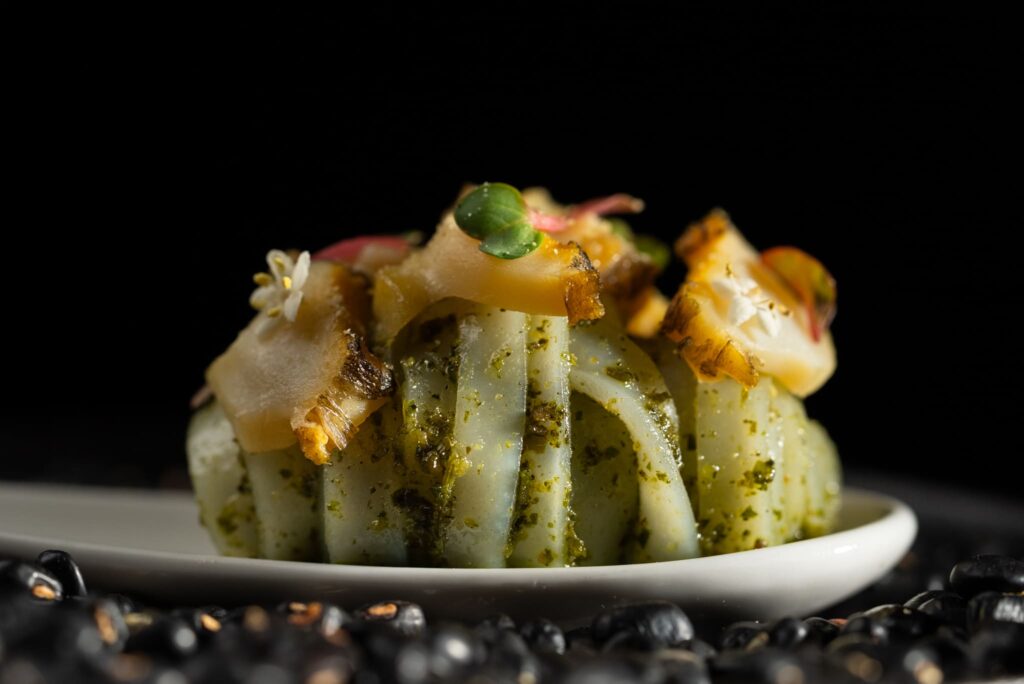
The core of Nén’s culinary identity lies in its commitment to ‘Conscious Vietnamese cuisine.’ The restaurant’s ethos—origin, aesthetic, intention, balance, emotion, and presence—guides its culinary choices. Each aspect, from the sourcing of ingredients to the final presentation, is thoughtfully curated to enhance the dining experience, making every meal an event of conscious consumption and enjoyment.
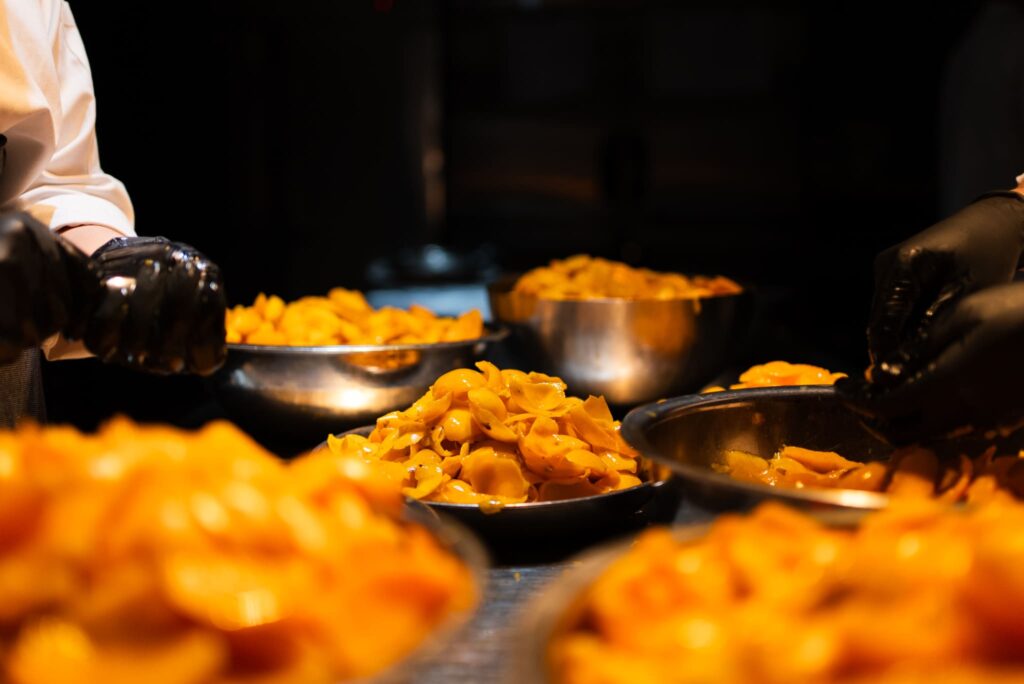
Nén’s unique approach to cuisine also reflects in its name, derived from a humble but flavorful ingredient found in Central Vietnam’s kitchens. This reflects the restaurant’s philosophy: finding potential in the overlooked and elevating it to something extraordinary. It’s about transforming simplicity into splendor, turning each meal into an exploration of the hidden depths of Vietnamese culinary traditions.
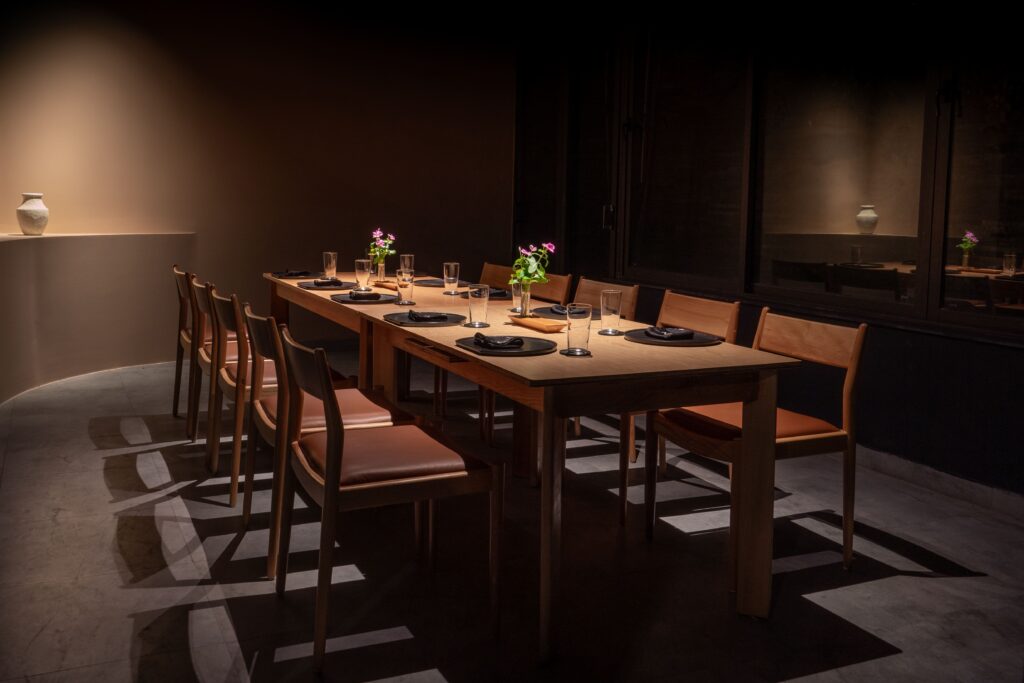
Located next to Nén Farm in Da Nang, the restaurant serves as the flagship for a brand that is deeply invested in research and sustainability. Despite challenges like a temporary closure during the Covid-19 pandemic, Nén Danang reopened in 2023 with renewed vigor and a continued focus on its sustainable mission. This commitment culminated in receiving Vietnam’s first and only MICHELIN Green Star in 2024, a testament to its leadership in promoting a sustainable and ethically aware dining culture.
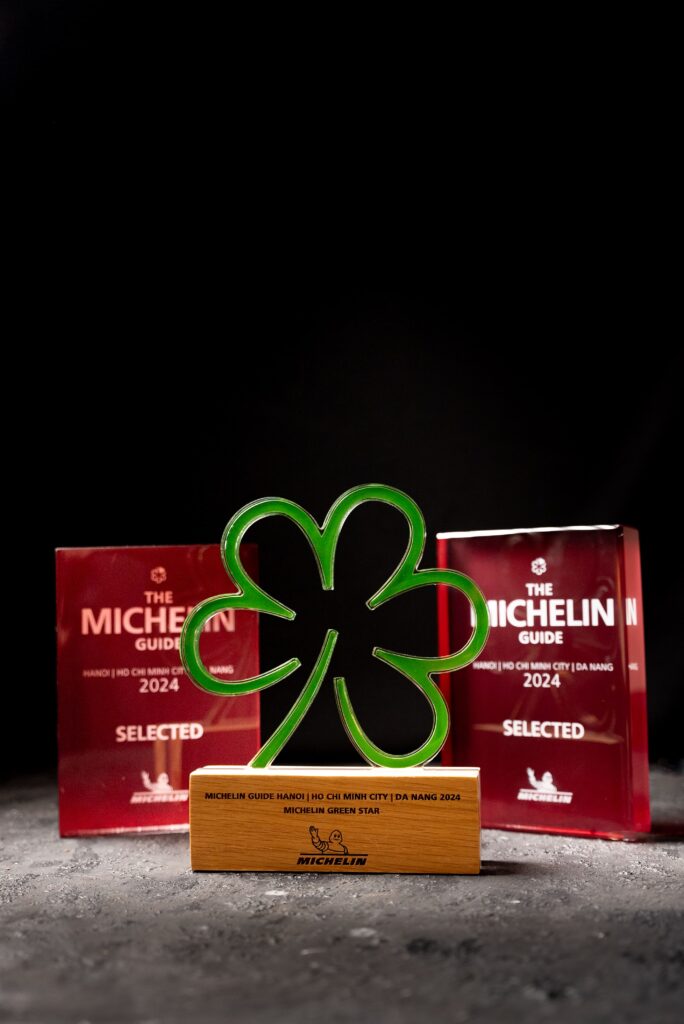
Through Nén Danang, diners are invited not just to eat, but to experience stories through flavors, where each dish serves as a dialogue between the chef and the earth, a narrative that continues to inspire both food enthusiasts and culinary peers around the world.




